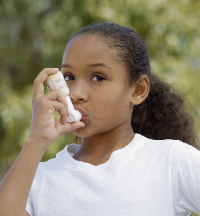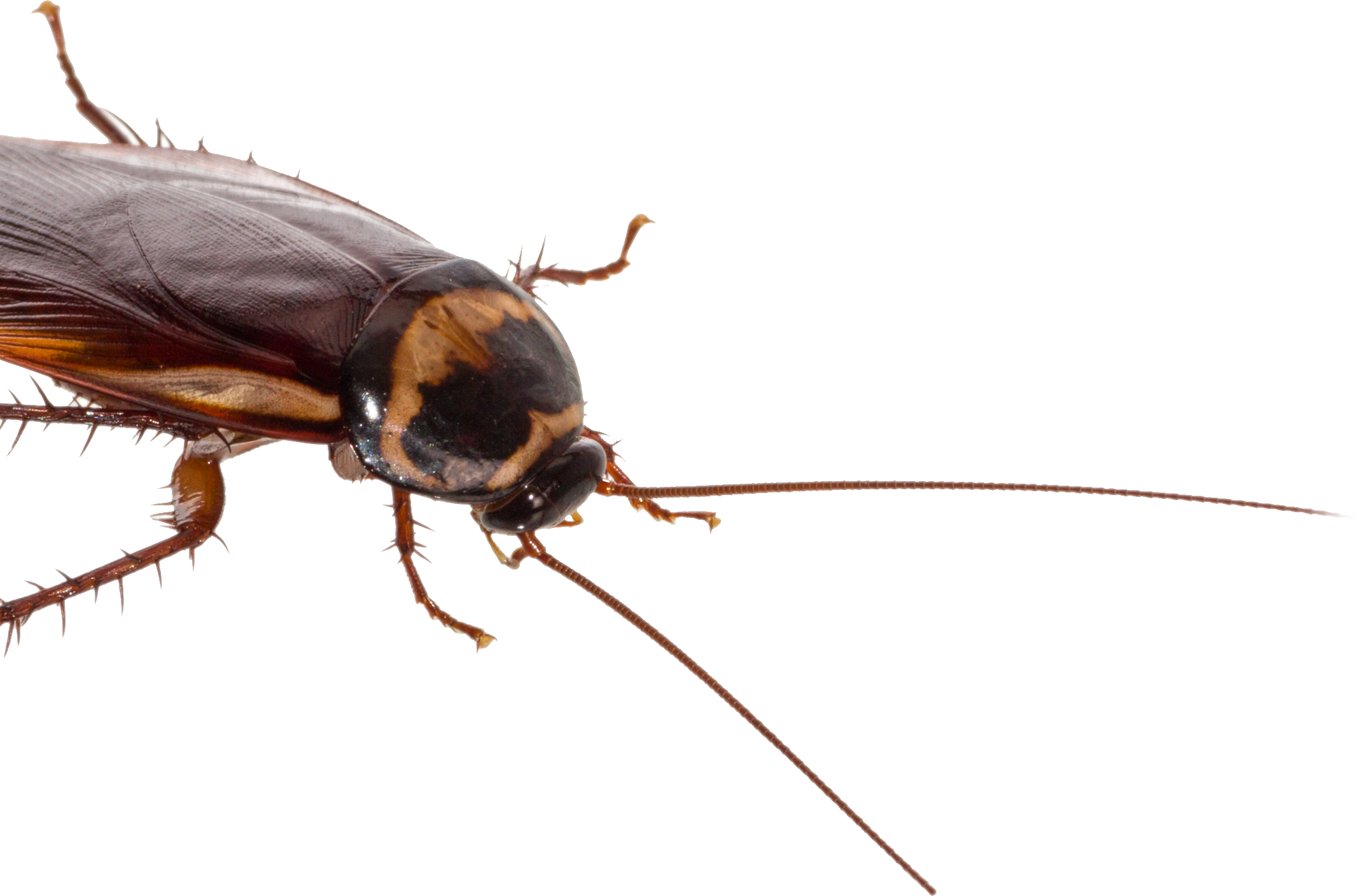Asthma and Integrated Pest Management
Starting at Home
 Asthma triggers can be found anywhere. Look in and around your home. What do you see?
Dust? Cockroaches? Pets? Allergenic plants? Pesticides? Any one of these could trigger
your child’s asthma.
Asthma triggers can be found anywhere. Look in and around your home. What do you see?
Dust? Cockroaches? Pets? Allergenic plants? Pesticides? Any one of these could trigger
your child’s asthma.
Asthma triggers include allergens and irritants. The more a child is exposed to a trigger, the greater risk there is for an attack.
Allergens include:
Cockroaches • Dust mites• Pollen • Rodents • Mold • Cats, dogs and other pets
Irritants include:
Pesticides • Cleaning products • Aerosols • Smoke
Why does IPM alleviate asthma symptoms?
IPM is much more effective at managing pests compared with routine application of pesticides. Many pest problems can be avoided by excluding pests and correcting conditions that encourage and attract pests. IPM reduces exposure to both pests and pesticides and has been shown to lower asthma six times more than conventional treatments. The federal Centers for Disease Control and Prevention recommends IPM to address asthma.
Integrated Pest Management (IPM) combats asthma.
- Find pest problems early.
- Improve sanitation to reduce food, water and clutter that attract pests.
- Pest-proof buildings to eliminate entry points and hiding places for pests.
- Use low-risk options when a pesticide is needed.
When using IPM, fewer pest problems develop into infestations and fewer pesticide applications are necessary. By eliminating asthma triggers, your home can be a healthier place for the entire family even, if no one has asthma.
IPM – Fewer pests and pesticides – Fewer asthma triggers – Healthy children.
IPM Action Steps for Parents – Three strikes and pests are out.
Strike one: Keep out.Install door-sweeps and weather stripping on windows. Seal cracks, crevices and holes that may allow pest entry. Replace damaged window screens. |
Strike Two: Clear out.Get rid of things you don’t need such as old clothes, newspapers and cardboard boxes. Do not leave dirty dishes or food out overnight. Store pet foods in pest-proof containers at night. Use a trash can with a trash bag and lid and empty trash regularly. Fix water leaks, wipe up spills and remove pet water dishes at night. |
Strike three: Watch out.Monitor the kitchen, basement and bathroom, all high-risk areas for pests. Use small sticky traps or glue boards to monitor for pests. For more information about IPM, contact the Cooperative Extension Service: 501-671-2000 or visit www.uaex.uada.edu For more information about Asthma, contact the Arkansas Department of Health: 501-661-2000
or visit |
 |
||